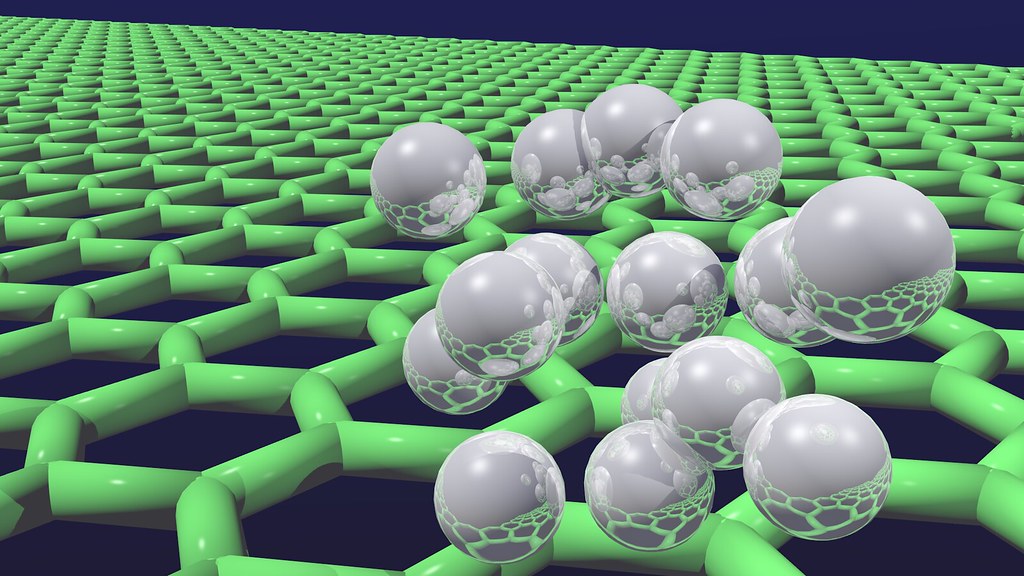The novel method converts the thermal motion of graphene directly into an electric current.
A team of physicists from the University of Arkansas has successfully built a graphene circuit capable of generating clean, unlimited electricity. The new device operates by capturing the thermal motion of graphene and converting it into an electrical current.
“An energy-harvesting circuit based on graphene could be incorporated into a chip to provide clean, limitless, low-voltage power for small devices or sensors,” said Paul Thibado, physics professor and lead researcher of the discovery.
The study does not come without its fair share of controversy, however. This is because it goes directly against the work of renowned physicist Richard Feynman, who believed that it was not possible to work with the thermal motion of atoms, referred to as Brownian motion.
Thibado ‘s team, however, noticed something that was previously thought to be impossible: the thermal motion of graphene produces an alternating current ( AC) at room temperature.
In the 1950s, the physicist Léon Brillouin published a seminal paper refuting the notion that the solution to extracting energy from Brownian motion is to connect a single diode, a one-way electrical gate, to a circuit.
Knowing this, Thibado ‘s team constructed a circuit to transform AC into a direct current (DC) with two diodes, instead of just one.
In order that the current could flow both ways, the diodes were put in opposition. This has resulted in a DC current that operates on a load resistor and raises the amount of energy supplied.
“We also found that, as previously assumed, the on-off, switch-like action of the diodes actually amplifies the power delivered, instead of reducing it,” said Thibado. “The rate of resistance change given by the diodes adds an additional factor to the capacity.”
The team also discovered that graphene’s relatively slow motion induces current at low frequencies in the circuit, which is significant from a technical point of view because electronics operate more effectively at lower frequencies.
People will think that it causes the current flowing into a resistor to heat up, but not the Brownian current. Probably, the resistor would cool down if no current was flowing,’ explained Thibado. “What we did was redirect the current in the circuit and transform it into a useful thing.”
The team had to make use of a new field of physics to prove their theory. “In demonstrating this enhancement of control, we drew from the emerging field of stochastic thermodynamics and expanded Nyquist’s almost century-old, celebrated theory,” said co-author Pradeep Kumar, associate physics professor.
The team is now trying to decide if the DC current can be retained for later use in a capacitor. The research is published in Physical Review E, a journal.























































